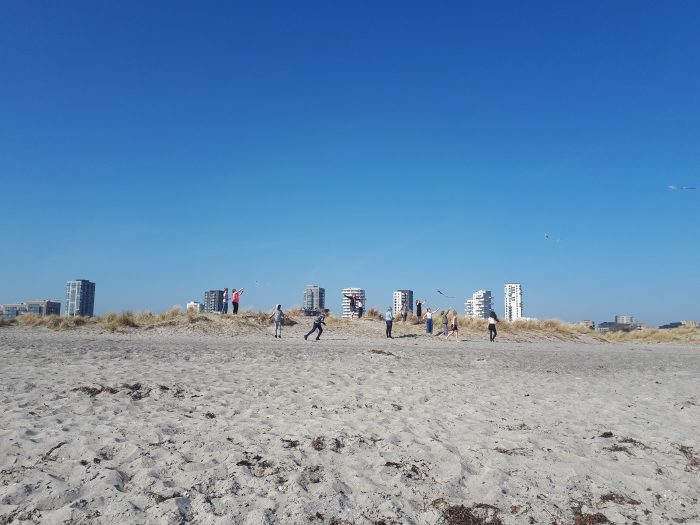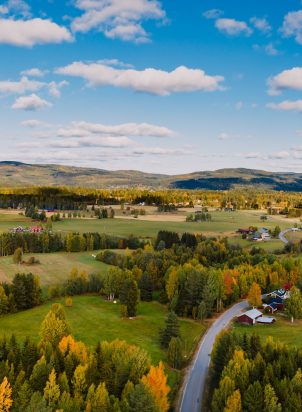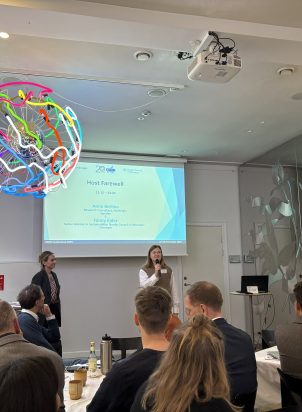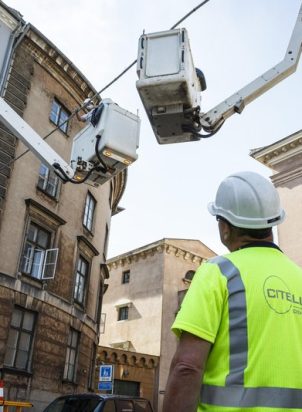The Nordic countries are known for their green cities, full of accessible green and blue spaces and surrounded by agricultural land, vast forests and lakes. Viewed in aggregate these green and blue areas are a network. A concept called Green Infrastructure has been developed to highlight the importance, development and planning of this network. The existing Nordic Green Infrastructure offers a wide variety of benefits to Nordic societies and inhabitants; to preserve biodiversity, to mitigate and adapt to climate change and to provide business opportunities.

The use of urban parks for leisure, recreation or tourism have a clear, positive impact on people’s physical and mental health. Strategic planning is necessary to create a green infrastructure with more positive impacts than a number of scattered green objects. Despite of the increased awareness of the positive impacts of green spaces for people’s health and wellbeing, as well as for environment and climate, there is a clear need to strengthen its role in strategic planning. In this Policy Brief we identify how that can be done in the Nordic countries and also found interesting examples from Greater Copenhagen (DK) and Hämeenlinna (FI).
This publication is part of the ESPON project GRETA – Green infrastructure: enhancing biodiversity and ecosystem services for territorial development. More about ESPON GRETA






